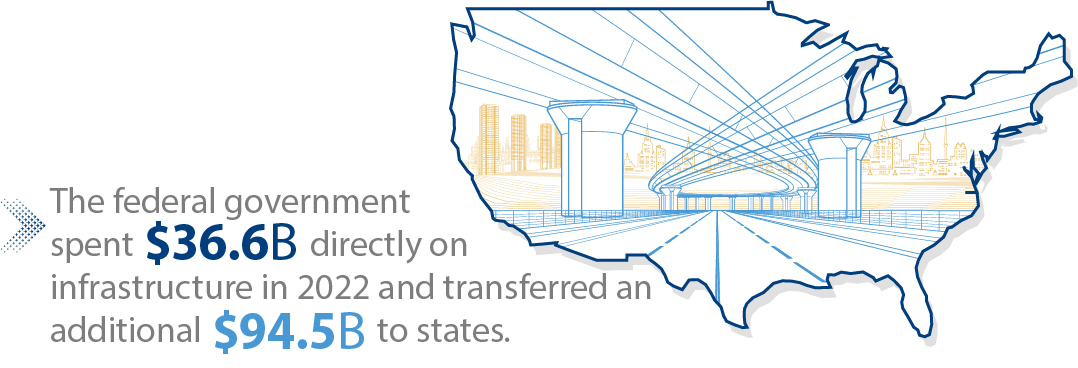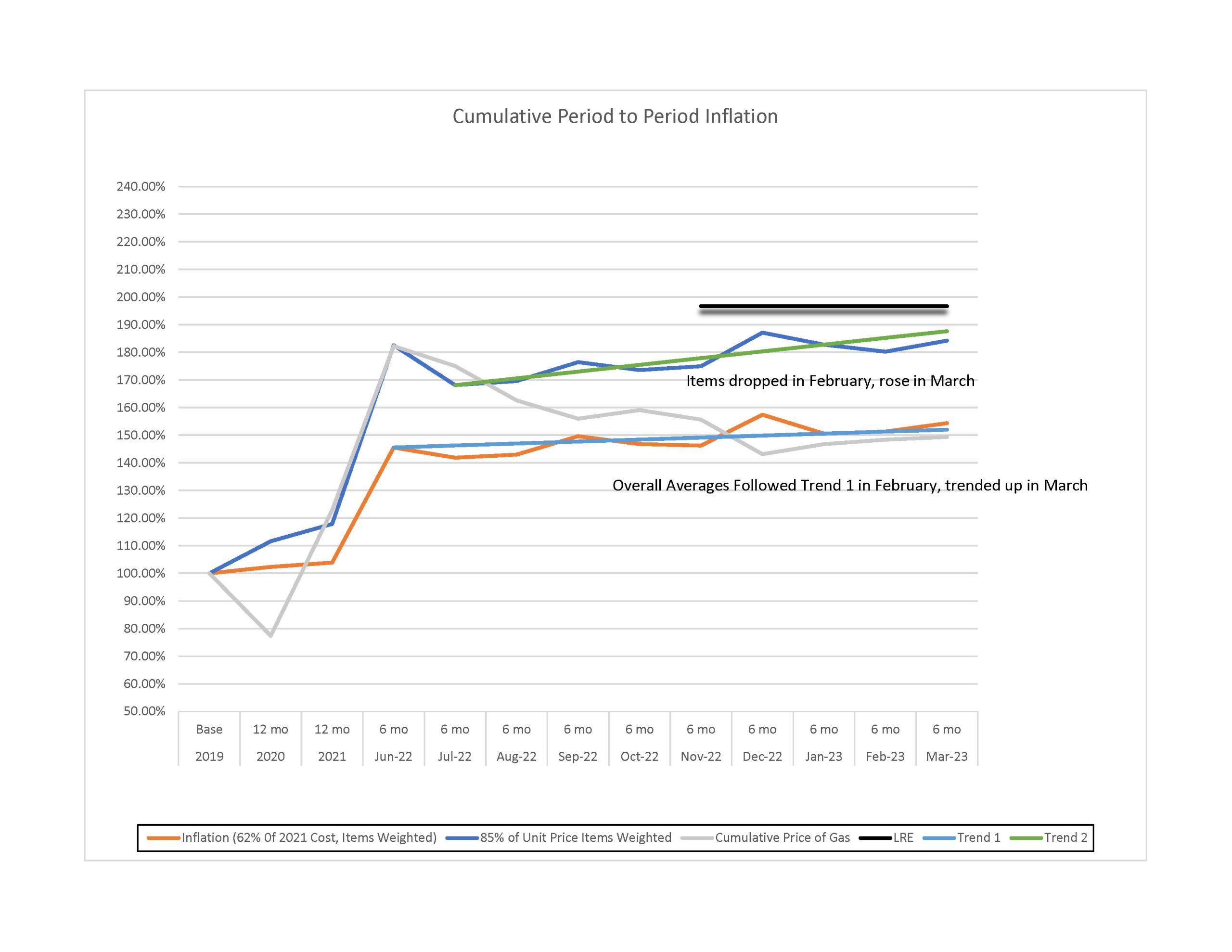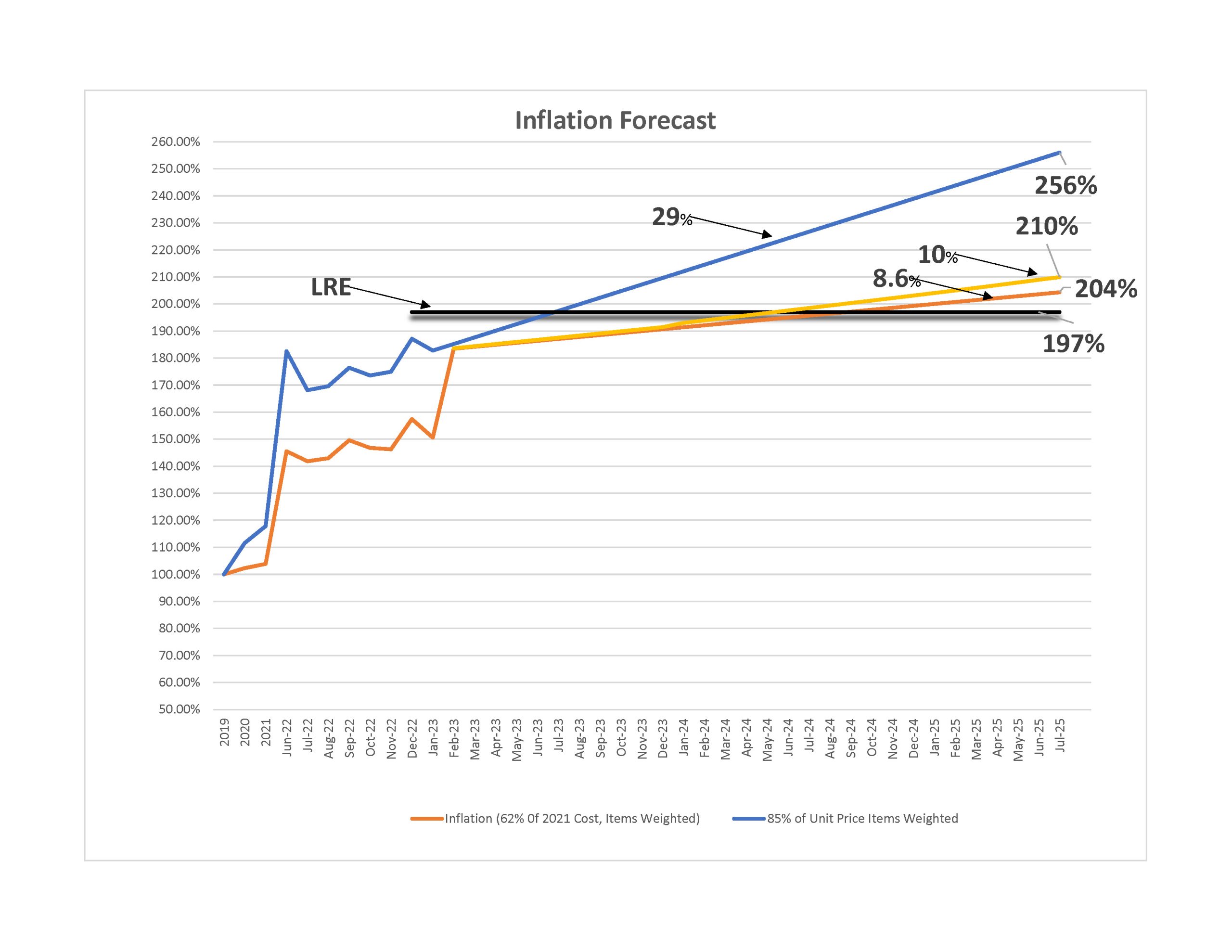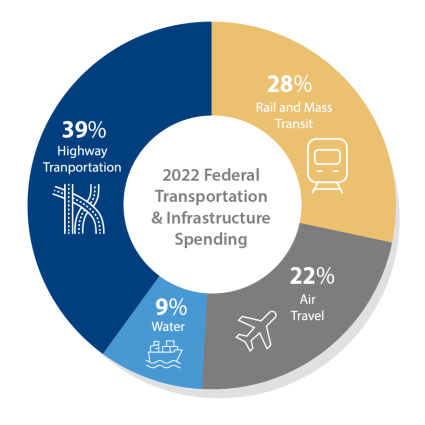The Infrastructure Investment and Jobs Act (IIJA), enacted in November of 2021, supplied trillions of dollars of federal funding for a wide range of infrastructure projects. In 2022 alone, the federal government spent $36.6 billion on infrastructure directly and transferred $94.5 billion to the states.

While more infrastructure projects and improvements are receiving much-needed attention, significant drawbacks are becoming apparent. Due to this funding flow, human resources and material availability are in high demand, creating an inflationary spiral that has left many infrastructure projects in a difficult situation. To learn more about the unique period infrastructure is experiencing under the IIJA, we turned to PMA experts, David DePina, Rick Johnson, Jeff Plant, Kam Shadan, and Ken VanderJagt, to enlighten us on the latest developments in the field.





One of the greatest difficulties that infrastructure projects faced, particularly those started just before or at the beginning of the IIJA being put in place, was the inability to foresee just what an impact inflation would have on the total cost of a project. Ken VanderJagt’s deep knowledge of cost estimating and cost analysis ensures that project managers will expect and deal with inflation. For example, on one of Ken’s highway transportation projects, in the two-year span between 2019 and 2021, they saw about a 2% increase in the cost of materials.


Once the IIJA was enacted, by June of 2022, however, costs had increased by approximately 50%, a sudden and rapid change. Ken says that this, understandably, threw many projects into a predicament, since no one had expected inflation of this scale to affect their project. Even now, though the rate of inflation has slowed, costs have increased in the 10% range between June 2022 and March 2023, which still presents an issue for anyone attempting to predict costs on a project. It’s reasonable to assume that many infrastructure projects are facing similar inflation patterns, since highway transportation projects such as this make up the majority of infrastructure spending.

While the IIJA brings unprecedented opportunities for the infrastructure sector, it has also unintentionally opened up a world of uncertainty. PMA professionals have been able to meet these uncertainties head-on and continue to provide solutions for our infrastructure clients. One of the most vital roles that we have played is offering value engineering (VE) services at the beginning of an endeavor. Value engineering is one of the most effective methods in the engineer’s toolbox, and Rick Johnson has extensive experience in its deployment.
While working with the Florida Department of Transportation, Rick performed six VE studies that resulted in $301.4 million in savings for the $2.1 billion program. While these studies all took place just before the IIJA was enacted, the project itself took place afterwards and experienced the previously mentioned effects of inflation. Additionally, Rick says that after the IIJA, he and other VE experts would not necessarily need to change their approach, but that they have become much more in-demand than they have been in recent years; he is currently providing VE on six different projects. Given today’s climate in infrastructure, this is one of the most important services PMA offers.
In discussing his transportation work, Rick mentioned another important factor in cost controls: Private-Public-Partnerships (P3). By bringing in a private entity, P3s can help ease municipal debt and lower the risk for the public leadership on a project. Additionally, by bringing in more leaders on the project, they allow for increased expertise, adding value to the eventual outcome and highlighting the benefits of alternative funding options such as this.

Materials are not the only factor adding unforeseen costs to a project after the IIJA, as labor costs and availability have also presented a challenge to many infrastructure projects. While this is currently a problem affecting all construction sectors, the increase of projects from the IIJA only exacerbated it. David DePina, who focuses on labor availability, explained that this situation is also in part due to hybrid and more flexible working spaces becoming the norm, which is difficult in the construction world. However, to make infrastructure jobs more appealing, one of the biggest draws a worksite can offer is training. This not only gives workers skills to move on to higher-paying positions once a project finishes, but also attracts people who are dedicated to success and improvement, benefiting the project overall. While this ensures workers on-site, this approach does not necessarily lower the costs of labor. To help in this area, David suggests leaning on technology to lower time and volume needs on-site.
Because of the aforementioned possibilities and difficulties presented with the implementation of the IIJA, the strategic implementation of projects is necessary in order to maintain progress. From the vantage point of his many years of infrastructure delivery experience, Jeff Plant observed that the increase in funding, has not changed the type of projects that are being prioritized: responses to crises, complying with safety requirements, and a heavy focus on highway, rail, and mass transit.

Kam Shadan has built and led multiple teams to respond to transit and rail client needs and shares with PMA a wealth of experience with their key funding partner, the Federal Transit Administration (FTA). As a hedge against inflation, Kam explained, the FTA sometimes uses a practice called “the protective buy” of real estate and equipment to preempt future price increases.
PMA also has its own goals when deciding which projects to pursue. Kam explained that when he pursues projects, he looks for advanced technology such as signalization (going from traditional fixed-block to communication-based control systems), state of good repair, and zero emissions. These organizing principles help him to stay focused on what is the best use of time and resources, especially with the challenges facing the industry.
Technology, especially, has the potential to cut costs by allowing the maximum use of an existing resource. Communication-based train control (CBTC) allows more trains on the track because trains can get closer with the CBTC technology. So, you get more trips with throughput on the same line. For example, from Oakland to San Francisco, the idea is to increase the number of trains from 23 to 28 per hour. This will increase capacity without having to enlarge the tube, or put in another, spending $100 billion and 10 to 15 years to accomplish the same goal.
Even in these times of unforeseen issues, PMA professionals are bringing their best efforts to ensure that the opportunities provided by the IIJA are realized. The bill itself points towards infrastructure as a priority in the world of construction and we look forward to finding even more solutions to keep up progress during this era of funding.